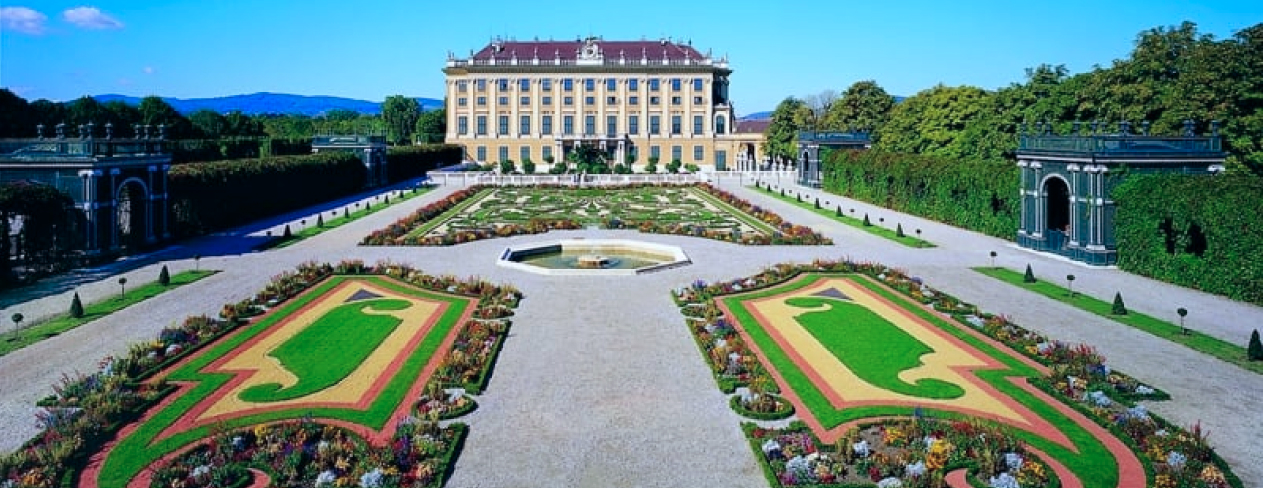
The palaces of Hofburg and Schönbrunn were both official residences of the Imperial court. Schönbrunn became comparable with Versailles only after 1746 when the large reconstruction work had been finished. It was ordered by the Empress in order to accommodate the growing Imperial family. However, the court settled there only in the summer season, usually from April to November. For the rest of the year, which contained the main liturgic holidays from Christmas to Easter, the court stood in Hofburg.
The smaller and more modest palaces for a reduced court were Neugebäude, Laxenburg, Favorita, Ebersdorf, Halbturn and others, all within convenient reach of Vienna. This suited the Empress very well, who was not an enthusiastic traveller, contenting herself with the closest vicinity of the city.
Visits to and longer stays in the small palaces were often for the purpose of the hunt. This pastime greatly determined the annual movements of the courtiers. Around 1760, the Imperial court consisted of approximately 1500 persons (servants included). The costs for horses, stables and carriages comprised circa twenty per cent of the annual budget of the court.
Access to the Metatext via placing an order for an augmented product. See Terms of Use